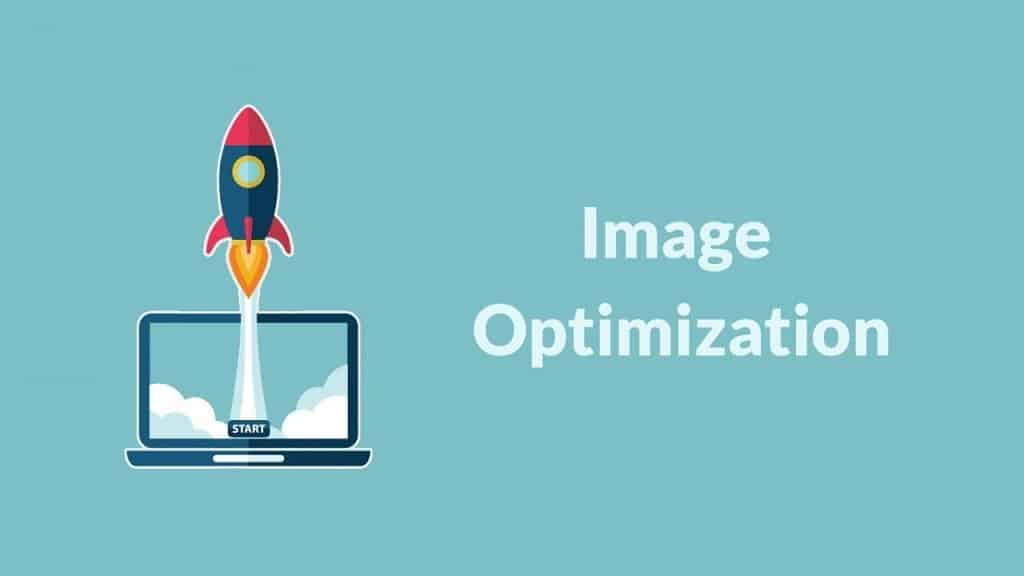8 Steps to SEO Optimize Your Images

Search Engine Optimization is the method of optimizing your online content in order to rank your content at the top by the search engine. There are different SEO techniques On-Page SEO, Off-Page SEO, Technical SEO etc.
All the SEO techniques are very important in order to rank your site. But Image SEO is one of them which is very important and necessary part of Search Engine Optimzation.
Image SEO is highly recommended and important for online businesses such as you are running an e-commerce store. Did you ever think why your images are not shown by google images? Because your images are not properly optimized.
If you are not optimizing your images than that means you are wasting the most valuable long suite of Search Engine Optimization. Image optimization not only helps in ranking your site as well as it also helps speeding up your site.
Below are the Image SEO tips and techniques that you must remember while optimizing your images. These SEO tips and techniques would be stepping stone in enhancing and ranking your online presence.
-
Choose the Right Format:
Before adding up the images on your site you must be clear about which image format should I use. For websites PNG and JPEG are the two image formats that are recommended.
JPEG: It is the most common website image format if you want to add photographs clicked by true photographer. This format is a lossy compressed file format. This lossy compressed file format makes it easier to store photographs at smaller size than BMP.
PNG: PNG is also very commonly used in websites, PNG is very good choice for adding vector images, iconic, graphical and line drawing images.
Now you are thinking that if your images are not in these formats than how to convert these images in to those specific formats. It’s very easy and free by using onlineconvertfree.com. It makes this task very easy for you to convert images from one format to another with few easy steps.
-
Compress Your Images:
In optimizing images compression is very important technique. A large sized image files slow downs the speed of your website and will not be shown by google images.
ShortPixel, an online image compressor, enhances website performance by resizing, compressing, and delivering images via a CDN, ensuring optimized images are smaller and visually indistinguishable from their originals.
As according to HTML Archive images make up around 21 percent of the webpage’s weight. So image compression is very necessary. Image compression tools such as TinyImage reduces the size of image and this helps in reducing the site loading time. Image compression reduces the size of image and this helps in reducing the site loading time.
Very less site loading time results in high ranking. If you want to test your webpage loading speed then go for google pagespeed insights tool.
-
Create Unique Images:
If you want to make your website look attractive, unique and original then create unique images and add them on your wesbite. Don’t use royalty free or stock images as these images are used by a lot of webpages.
This made the customer to think that the webpage is unoriginal. Optimizing original and unique image is more helpful than optimizing stock images.
-
Beware of Copyright:
If you want to use stock images then make sure these images are royalty free and there is no copyright conflict. Always use royalty free images. Never ever use the copied images or images having copyright conflicts.
If you use the image which is owned by image providers and you don’t have the license to use that photo then you are going to bear expensive lawsuit.
-
Customize Image File Name:
While doing image SEO, it is very important to use rich and relevant keywords in your image title and description. These keywords helps in ranking your webpage. Keyword rich file names are very important in image optimization.
The text on the webpages is also very important but search engines not only crawl the text, they also look files names by crawling.
-
Write SEO Friendly ALT tags for images:
Basically ALT tag is the alternative text of the image. Alt tags are embedded in HTML code. ALT tags define the image that what image is and what is describes and what is the purpose of image.
Adding ALT tags helps search engines in recongnizing the image and also help customers to understand the purpose of image on webpage. By adding ALT tags to your images helps you earn explicit and implicit benefits of SEO. It’s very necessary to pay attention on ALT tags while doing On-page SEO.
Example of ALT tag format:
<img src=”chocolate-1.jpg” alt=”chocolate” />However, a better alternative text that describes the image would read:
<img src=”chocolate-1.jpg” alt=”dark” /> -
Page title, description and MetaTags:
The title, description , metatags, structured data, and header tags are very important ranking factors in order to rank your image. It effects the image ranking a lot.
Always use SEO friendly keywords in title, description and meta tags. It’s like putting all your toppings on your burrito. It tastes way better with guac. So, make sure to add the guac for improving image rankings.
-
Make your images Mobile Friendly:
While optimizing image keep in mind that you have to optimize it according to desktop and mobile both. Because half of the customers use mobile phones to search and reach your webpage.
For that purpose you have to create responsive images. This means that the images are scalable. The size of the images are adjusted according to the size of site whether the user is using desktop or mobile phone.
Use mobile friendly testing tools to test the responsiveness of your website. Make your webpage AMP (Accelerated Mobile Pages).

